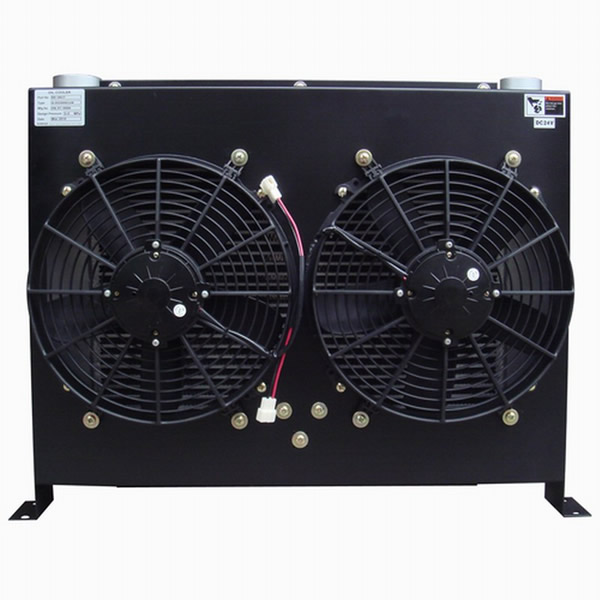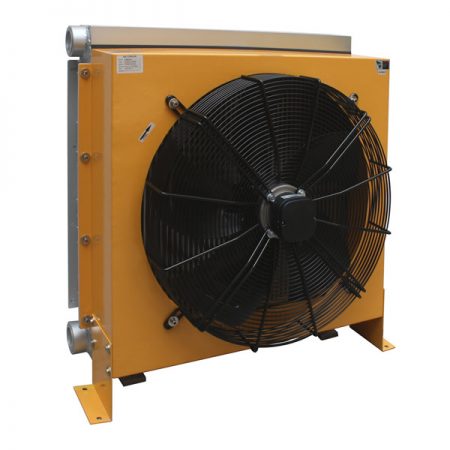Why Use an Aluminum Air Heat Exchanger?

Air Oil Heat Exchanger
There are many different types of heat exchangers used for various industrial and commercial purposes. A heat exchanger is a piece of equipment or a device that is used to transfer or exchange heat between liquids and gases. In an air-to-air heat exchanger, this heat transfer occurs between different streams of air. These can be separated by piping, plates, or other separated chambers in the make-up of the device.
Applications of Aluminum Air Heat Exchangers
As touched on above, aluminum air heat exchangers have several applications. The main idea behind their use is in cooling down the fluid temperature – the fluid being a particular liquid or gas. The air in an aluminum air heat exchanger can be brought to an ideal temperature by passing it in or alongside a cooler fluid. The same concept can be used when the goal is to heat up the fluid.
This principle finds its useful application in both heating and cooling mechanisms, including space heaters, refrigeration, car radiators, air conditioners, power generation, and natural gas processing, just to name a few.
What Does a Heat Exchanger look like and Why Aluminum?
The components and arrangement of an air heat exchanger are designed with a lot of detail and precision to allow it to perform its function well. This is particularly the case when the temperature of the outgoing air must be below a certain limit or be in a particular range for effectiveness or to prevent heat damage.
There are several different types of heat exchangers depending on the application, fluids, and purpose. An aluminum air heat exchanger can be used as an HVAC air coil heat exchanger. This is used in vehicles and building air conditioners. In most cases, the device is laid out in a shell and tube arrangement. The shell is the outer core or housing of the whole system. The tube core is made up of many long continuous tubes that may be winding or straight where the targeted air is passed. Many tubes are used so that there are more areas of contact for the heat exchange to take place. Plate heat exchangers are another type, and in these, many thin aluminum plates are used to separate the fluid.
Materials in the device are chosen based on their unique characteristics for the intended function. Aluminum is an ideal material for the core of a heat exchanger because it conducts heat very well. It is also easy to mold, lightweight, and low cost. It is, therefore, used often in different devices including plate heat exchangers.


